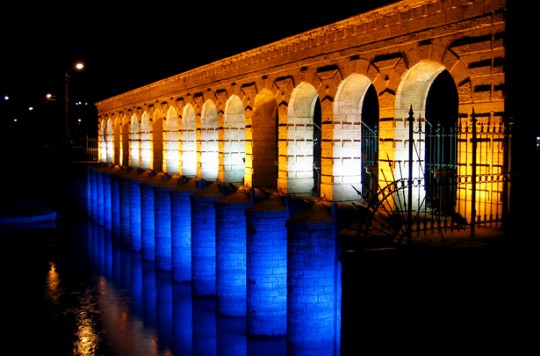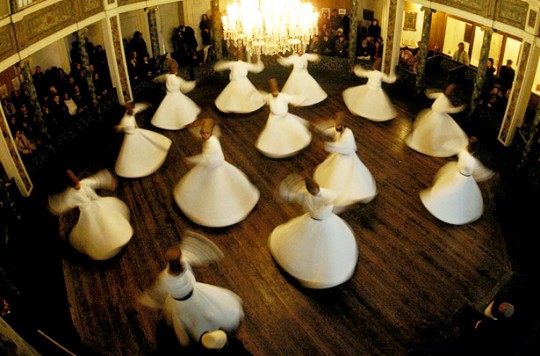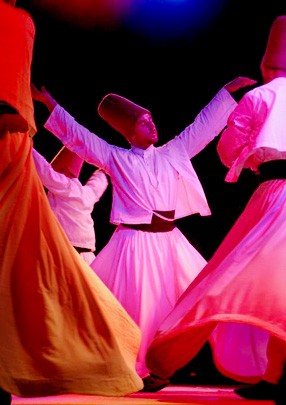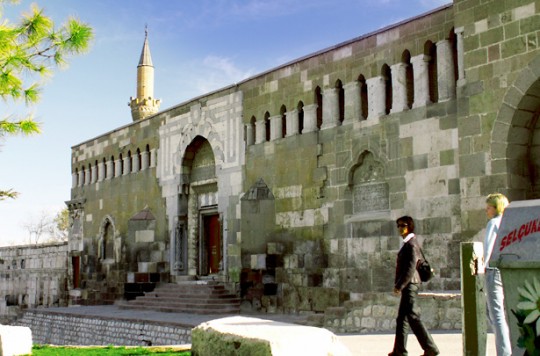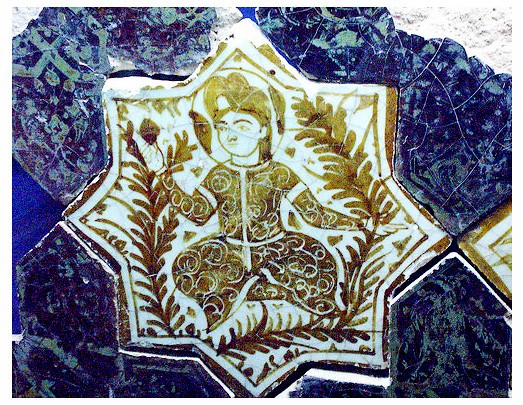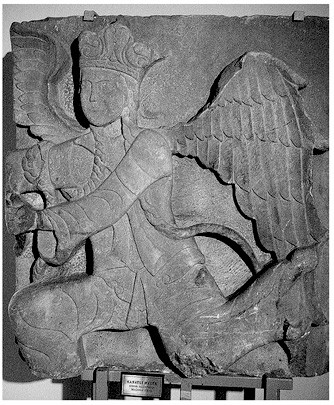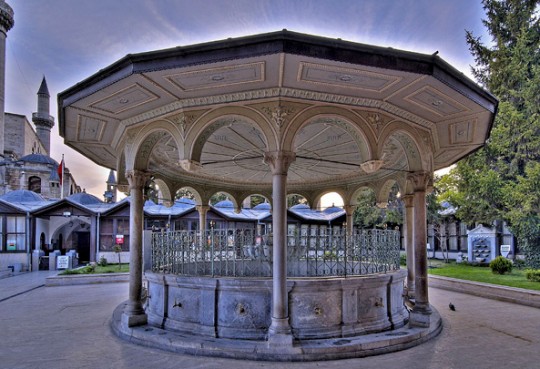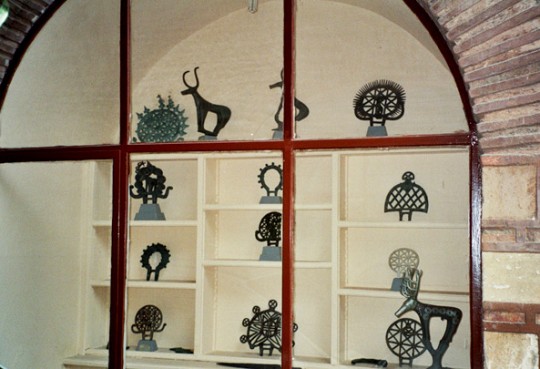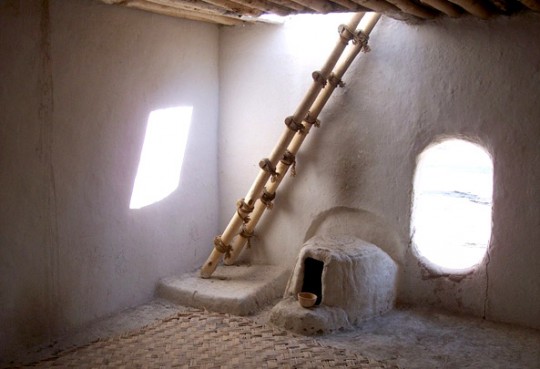CENTRAL ANATOLIA
The history of Turkey tells of a 10,000 year-old civilization...
Anatolia is a melting pot where cultures from Sumer, Babylon and Assyria interacted for centuries with peoples such as the Hattis, Hittites and Hourrites. The result was a unique Anatolian civilization which has long inspired the legends and thinking of the West.
In Catalhoyuk, the Neolithic site where the visitors can witness the ruins of a 9000 year old town frozen at a moment in time.
Alacahoyuk is an important city of the Hitite State which dominated Anatolia four thousand years ago, proudly welcomes visitors today.
Hattusa, city of thousand gods is a spectacular site dating from 2000 BC, with its massive stonewalls encircling a citadel with numerous temples and palaces, is a tribute to the strength and prosperity of the Hittite kingdom. The two superpowers in antiquity were Egypt and the Hittite Empire that emerged in Central Anatolia. The Hittites distinguished themselves not only through the civilizations they created, but also through the state structure they evolved and their tolerance and respect for human rights.
Because of its central location, the region has been a historical junction of major trade routes and a crossroads of the migrations of peoples and nations.
The first exchange market had been founded here in Aizanoi antic city in Anatolia. The building, which had been used as the grain market around second century, is called Mycelium. On the restored walls of the building are written the price determinations of King Diocletian struggling with inflation. These writings had been there since the year 301.
Throughout history, the steppes of Anatolia have witnessed battles between powerful armies in quest of domination. It has been invaded by Alexander the Great as well as Timurlane. The Seljuk Turks left their mark in Central Anatolia through their remarkable architecture and decorative arts. In recent history, the struggle for independence was launched here and the first National Assembly of the Turkish Republic came together in Ankara, a landmark in the history of Turkey and of the region.
A visit to the Museum of Anatolian Civilizations in Ankara is the best way to come to terms with the splendors and riches of Anatolia’s long history which goes back to 7th millennium BC. This is surely one of the world’s most interesting museums for the originality of its collections.
And Cappadocia...
Picture a landscape as though designed by the Catalonian architect GAUDI, one with utterly impossible shapes and angles, one which holds the remains of early Anotolians who created underground cities, the largest of which could hide some 60,000 beneath the horses hoofs of marauders above them, invaders ignorant of what lay below! Here is an area of poignant and beautiful early Christian chapels with frescoes adorning the tufa walls.
Cappadocia lies on the west slopes of the Mount Erciyes, in center of Anatolia, and centered on the triangle of Nevşehir, Ürgüp and Avanos. At the time when Anatolia was completing its geographical evolution, volcanic eruptions were so strong that the lava in some places was up to 100 meters thick. Over many millions of years, this soft rock has been transformed by intense erosion into a haunting, surrealistic landscape of caves, columns and canyons. As the land eroded, the basalt stones remained and formed conical structures sometimes reaching as high as 45 meters. These unique rock formations have been referred to as “Fairy Chimneys” throughout the ages.
Cappadocia defies description. You have to go there and bathe in its atmosphere, colors and luminance.
Cappadocia is more than an area of dramatic natural beauty…
Discover Cappadocia
Video Source: GO TURKEY


